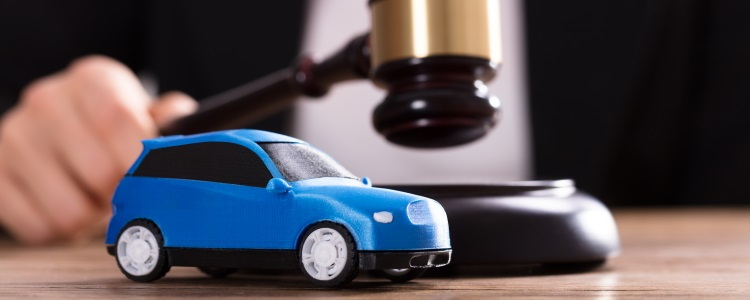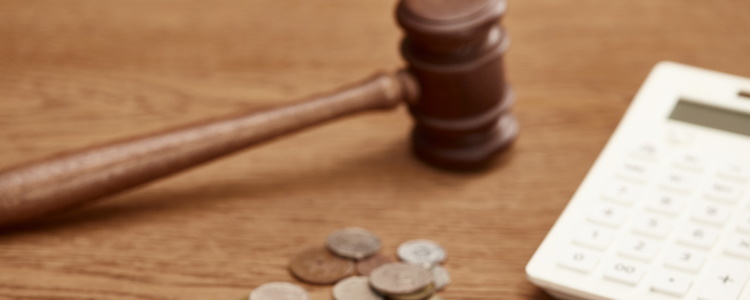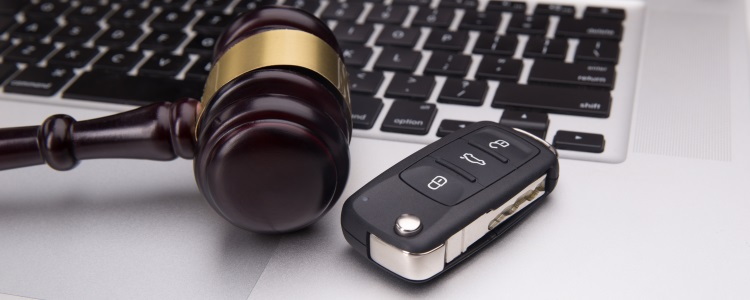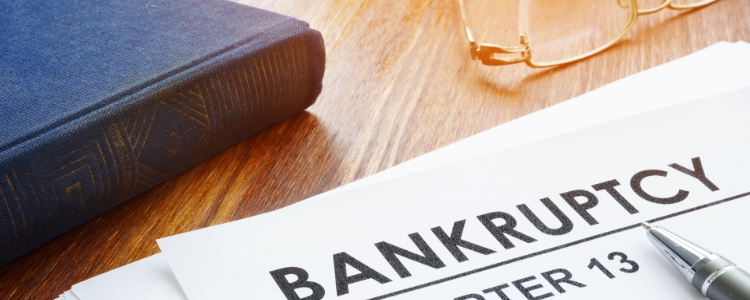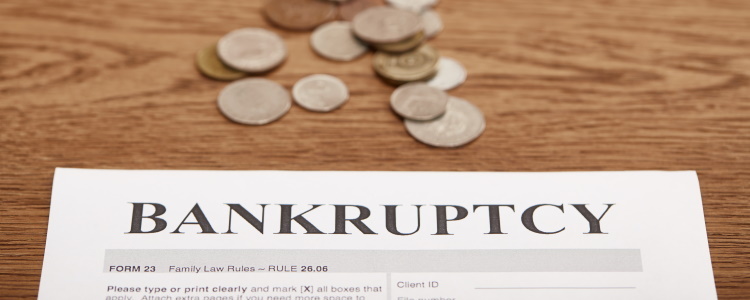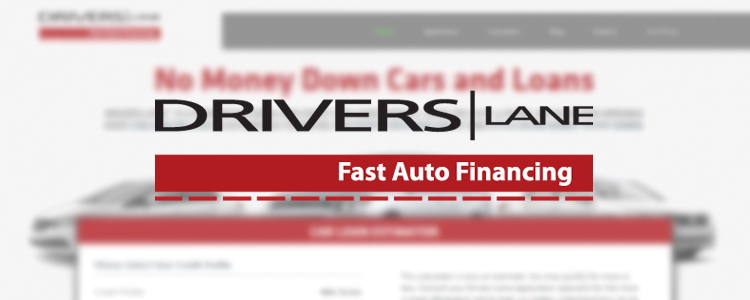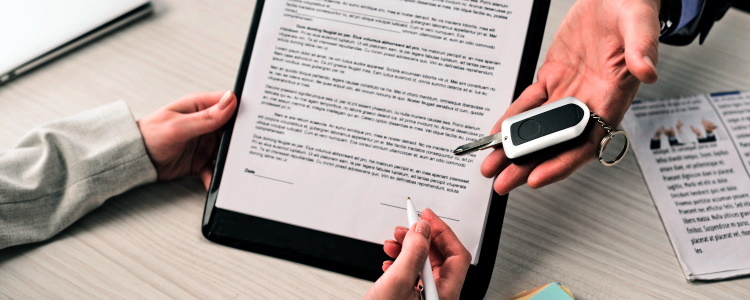A bankruptcy stays on your credit reports for up to 10 years from the date you file, but its impact lessens over time. The two most common types of bankruptcies are Chapter 7 and Chapter 13. Both have the same end goal: a fresh start. But since their processes are different, it can affect your car buying experience.
Buying a Car with an Open Bankruptcy
 If you filed a Chapter 7 bankruptcy, it generally takes three to six months to complete before it’s discharged. A Chapter 7 is a liquidation bankruptcy, meaning it eliminates all or most of your debt by selling any nonexempt property. It’s possible to buy a vehicle with an open Chapter 7, but, since it’s over quickly, most lenders are going to want you to wait until it’s discharged before approving you for financing.
If you filed a Chapter 7 bankruptcy, it generally takes three to six months to complete before it’s discharged. A Chapter 7 is a liquidation bankruptcy, meaning it eliminates all or most of your debt by selling any nonexempt property. It’s possible to buy a vehicle with an open Chapter 7, but, since it’s over quickly, most lenders are going to want you to wait until it’s discharged before approving you for financing.
If you filed a Chapter 13 bankruptcy, it takes either three or five years before it’s discharged. A Chapter 13 is a reorganization bankruptcy that requires you to make a monthly payment to your trustee that follows your repayment plan. Because it takes years to complete, some lenders are willing to consider you for financing during an open Chapter 13, but this varies by lender.
Buying a Car with a Closed Bankruptcy
No matter if you filed a Chapter 13 or Chapter 7, lenders want to make sure it’s been discharged rather than dismissed. If it’s been discharged, this is a good time to finance a car. However, if the bankruptcy on your credit reports is listed as dismissed, this means it wasn’t completed successfully and you’re going to have a very difficult time getting financed.
If your bankruptcy was completed, or discharged, there are specific steps you need to take in order to successfully get the financing you need, including:
- Checking your credit score and reports – Make sure your credit reports are up to date and that your bankruptcy is listed as discharged. In addition, make sure you know where your credit score stands. Most auto lenders use the FICO scoring model to determine financing, and you can check your FICO scores in many different ways. You can get it for a small fee directly through the credit bureaus or at www.myFICO.com, while some credit card providers give their cardholders free access to their FICO credit score.
- Disputing any errors – If you find anything on your credit reports that’s inaccurate, you need to dispute them with the reporting credit bureau as soon as possible.
- Creating a budget – Know how much vehicle you can afford before you research any cars. Make sure to budget for a down payment and tax, title, and license fees on top of the price of the vehicle to get a more accurate estimate.
- Researching vehicles – Once you know how much you can afford, you can research the various cars in your price range. Make sure you look up safety ratings and read owner reviews.
- Trying to get pre-approved – After all that, it’s time to find financing. The first thing you should do is try to get pre-approved from your bank or credit union. You may be surprised by what they can offer you.
When You Can’t Find Financing…
Unfortunately, not everyone with credit issues can get pre-approved for an auto loan after a bankruptcy. If this sounds like you and you need a lender to work with, let Drivers Lane help.
We work with special finance dealers all across the US that are experts at helping people dealing with bankruptcy and less than perfect credit . We'll work to match you with a dealership near you if you start the process by submitting our free and secure car loan request form. What are you waiting for? Get started right now!
